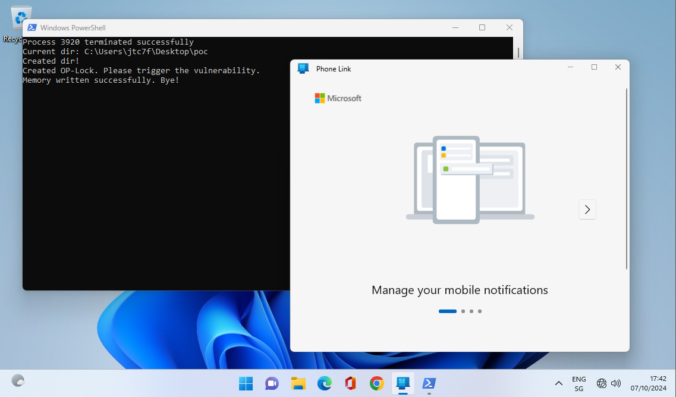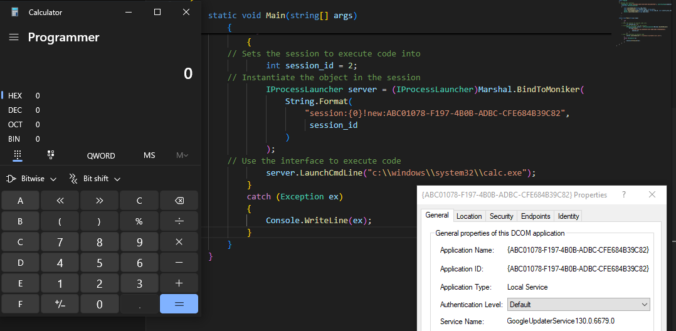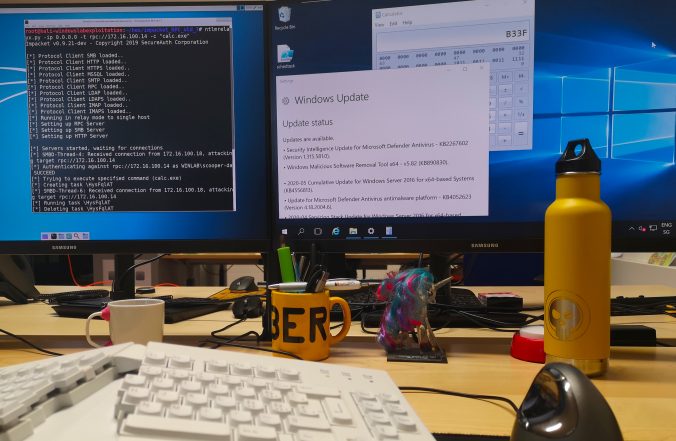As a pentester you are sometimes thrown into projects where you have no idea where you are going to end up. This project was one of those where you were given a customer laptop and the aim was to “find something interesting”, perhaps a misconfiguration on the customer side. The problem was that the laptop […]
Compass Security Blog
Offensive Defense
Once again, reading blogs and tweets from James Forshaw led me to wonder how things work. This time, I was working on DCOM for my last blog post and while reading about cross-session activation, I had trouble believing what I was reading.
Sometimes one goes deep down the rabbit hole, only to notice later that what we were looking for is just under one’s nose.
This is the story of a digital forensic analysis on a Linux system running docker containers. Our customer was informed by a network provider that one of his system was actively attacking other systems on the Internet. The system responsible for the attacks was identified and shut down.
Our DFIR hotline responded to the call and we were provided with a disk image (VMDK) to perform a digital forensic analysis.
A little bit over a year ago, I wrote an article on this blog about CVE-2020-1113 and how it enabled to execute code on a remote machine through relaying NTLM authentication over RPC triggering a scheduled task on the remote system. History repeats itself and a vulnerability of the same category has been fixed by Microsoft in June this year.
Since a few years, we – as pentesters – (and probably bad guys as well) make use of NTLM relaying a lot for privilege escalation in Windows networks.
In this article, we propose adding support for the RPC protocol to the already great ntlmrelayx from impacket and explore the new ways of compromise that it offers.
This vulnerability was discovered by Compass Security in January 2020, disclosed to Microsoft Security Response Center and assigned CVE-2020-1113 as identifier.
A write-up of the OWASP Toronto January talk which mainly focused on the correlation and integration of results generated by automated tools in application security such as SAST, DAST and SCA. Alexandre Larocque concludes whether old-fashioned PDF reports are still worth it.
© 2026 Compass Security Blog





